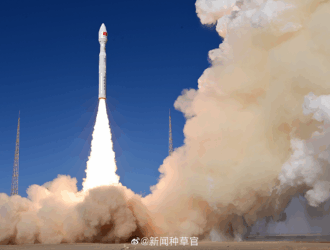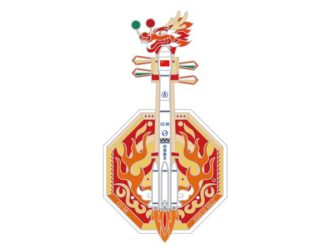
When the decision was made to explore the Moon and bring back lunar samples, scientists hoped that the resulting information would clarify the origin of the body that poets and lovers have pondered for 10,000 years.
Indeed,solving the mystery of the Moon’s origin was billed as a major goal of lunar
exploration. As it turned out, neither the Apollo astronauts, the Luna vehicles, nor
all the king’s horses and all the king’s men could assemble enough data to explain
circumstances of the Moon’s birth.
It had been hoped that structural properties of the Moon and, more importantly,
the chemistry of primordial lunar rocks, would clarify the formative processes.
Astronauts were trained to look for these 4.5-b.y.-old «genesis rocks.» These rocks would be the vaunted «rosetta stones» of planetary science, giving in several languages-chemical, isotopic, petrologic-the circumstances of planet and satellite births. Unfortunately, while a few chips from this era have been found and while isotopic techniques have affirmed that the Moon formed essentially during the brief planet-forming era 4.5 b.y. ago, «genesis rocks» were scarce or absent on the lunar
surface. The Moon had hidden her secrets behind a veil of dust.
A layer of powdery regolith blankets virtually the whole Moon, including the nine landing sites that have been sampled so far. The extraordinarily intense bombardment rate associated with the sweep-up of planetary debris, about 4.5-4.0 b.y. ago, pulverized most of the primordial material, and with it most of our clues.



